Harsil: The road was long, winding and heavily damaged in pockets. There were no cars in sight, no vehicles we could hitch a ride with. Our destinations—Harsil and Dharali—were over 30 kilometres away. With backpacks, cameras and basic supplies, my colleague Suraj Bisht and I began walking.
An army camp in Harsil had been wiped out by flash floods that wrecked the region on 5 August. Dharali, a village seven km away, was the worst affected—homes, hotels and shops were completely submerged. Over the past four days, we had tried accessing these areas, ending our nights frustrated with the lack of progress.
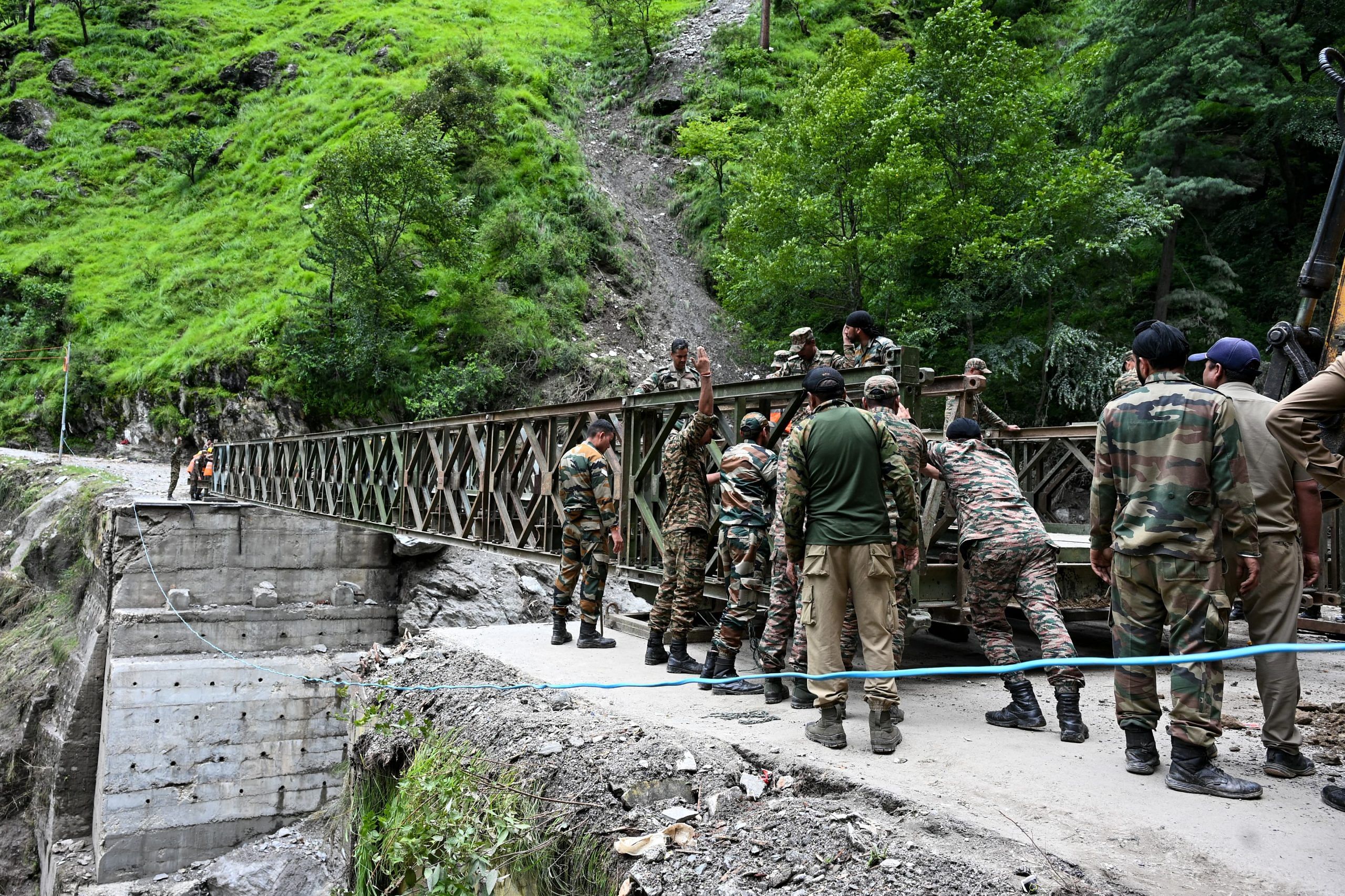
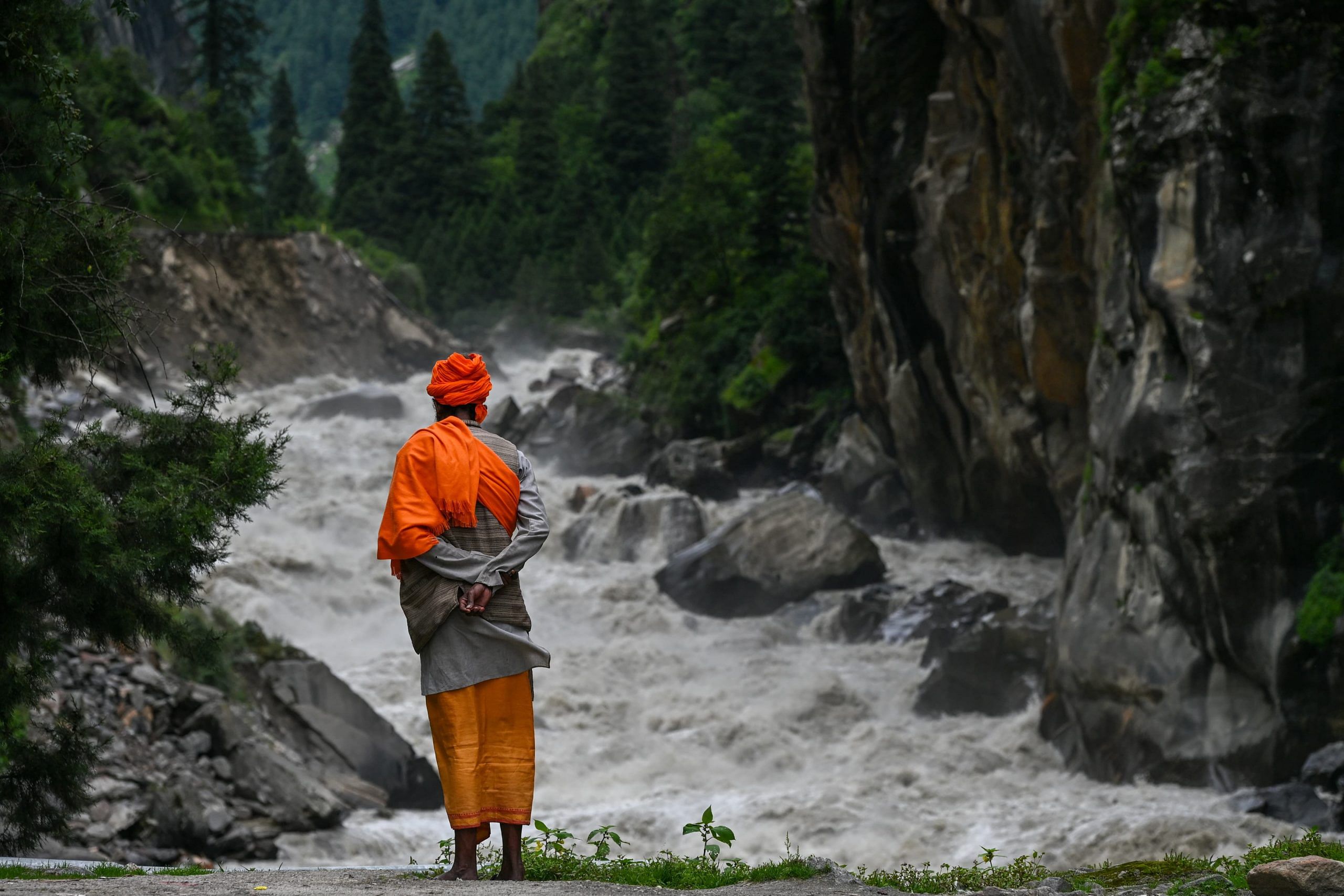
Landslides had damaged the roads in Uttarkashi, the district in Uttarakhand affected by the floods. A key bridge in Gangnani, 30 km away from the villages affected by the floods, had been destroyed. All that remained was a deep gorge, with water flowing down below. And the road to Dharali on the other side.
Bulldozers were already clearing up the smaller choke points before the bridge. Only by removing the debris—a mix of rocks, soil and tree trunks—could heavy machinery access the bridge and start reconstructing it.
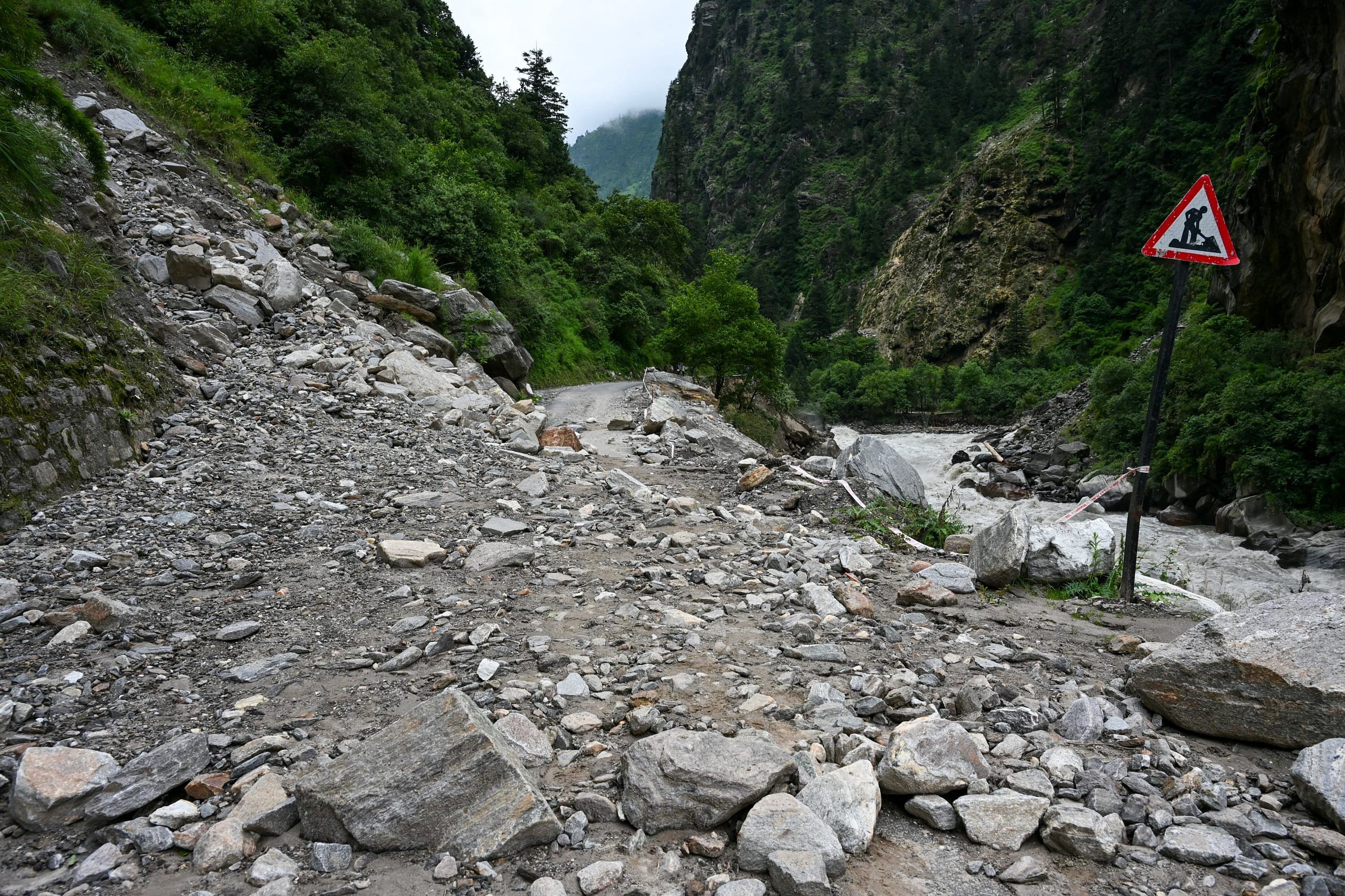
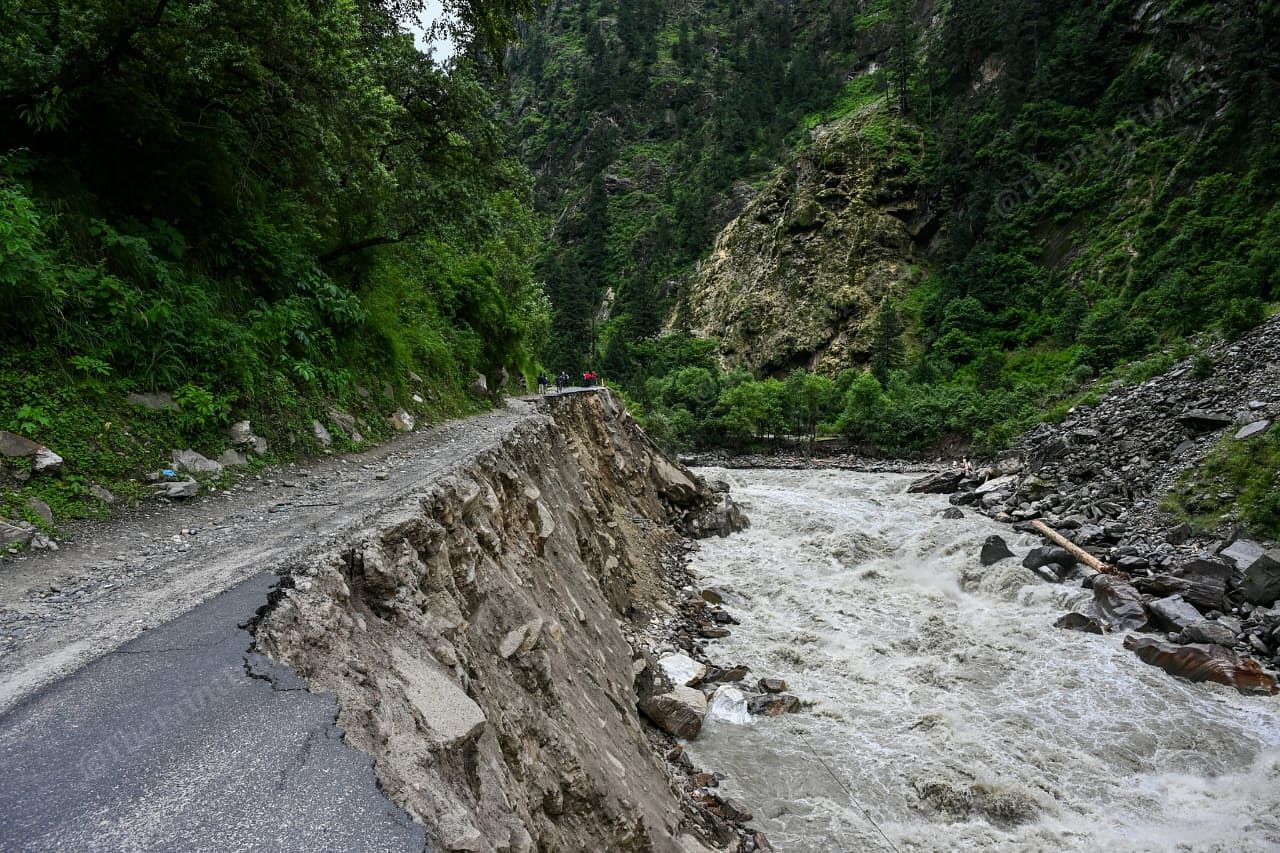
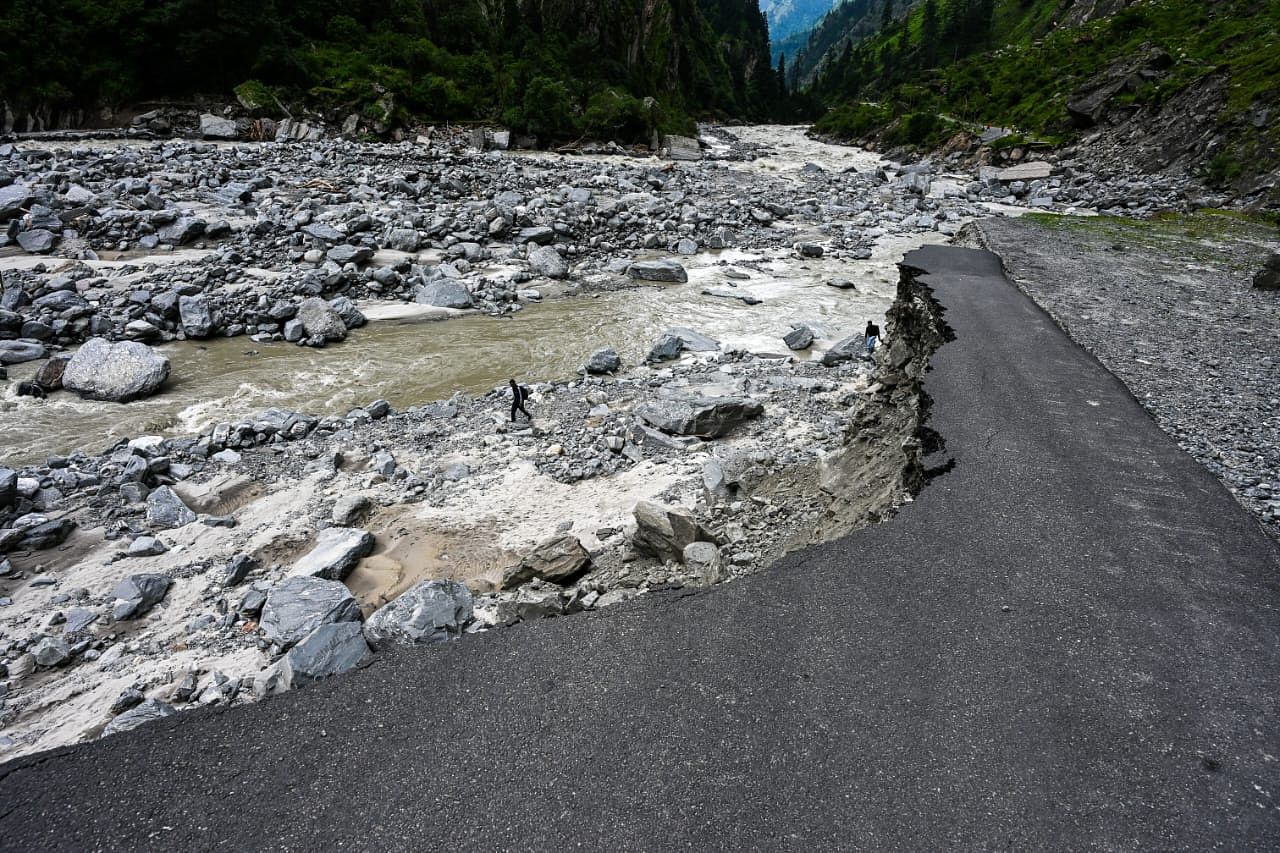
While we waited impatiently for the bridge to be repaired, we turned to our other travel option—helicopters. Taking off from Bhatwari and the Indo-Tibetan Border Police (ITBP) headquarters at Matli, helicopters were taking supplies and rescue workers to Dharali and coming back with survivors.
We spent some time at the ITBP headquarters, pleading our case while also speaking to the flood survivors. A few media personnel managed to secure a seat on one of these rides, but we were less successful. Understandably, the administration’s priority was rescue and relief efforts.
Our reporting didn’t stop because of the roadblocks. We visited the Uttarkashi district hospital where army personnel were recovering, spoke to ITBP personnel about their rescue efforts and reported on migrant workers waiting for news about their families. But at the back of our minds, we knew that this assignment would never be complete without visiting ground zero.
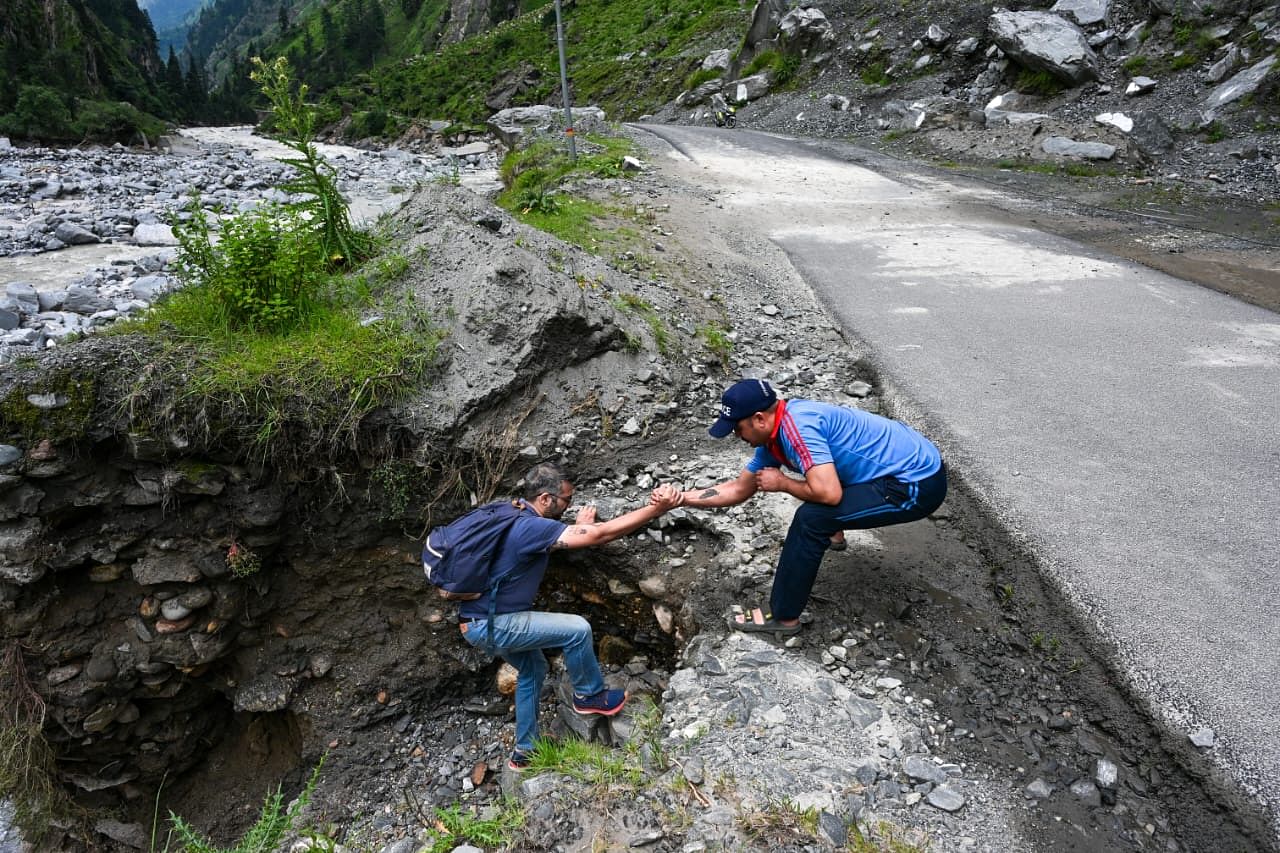
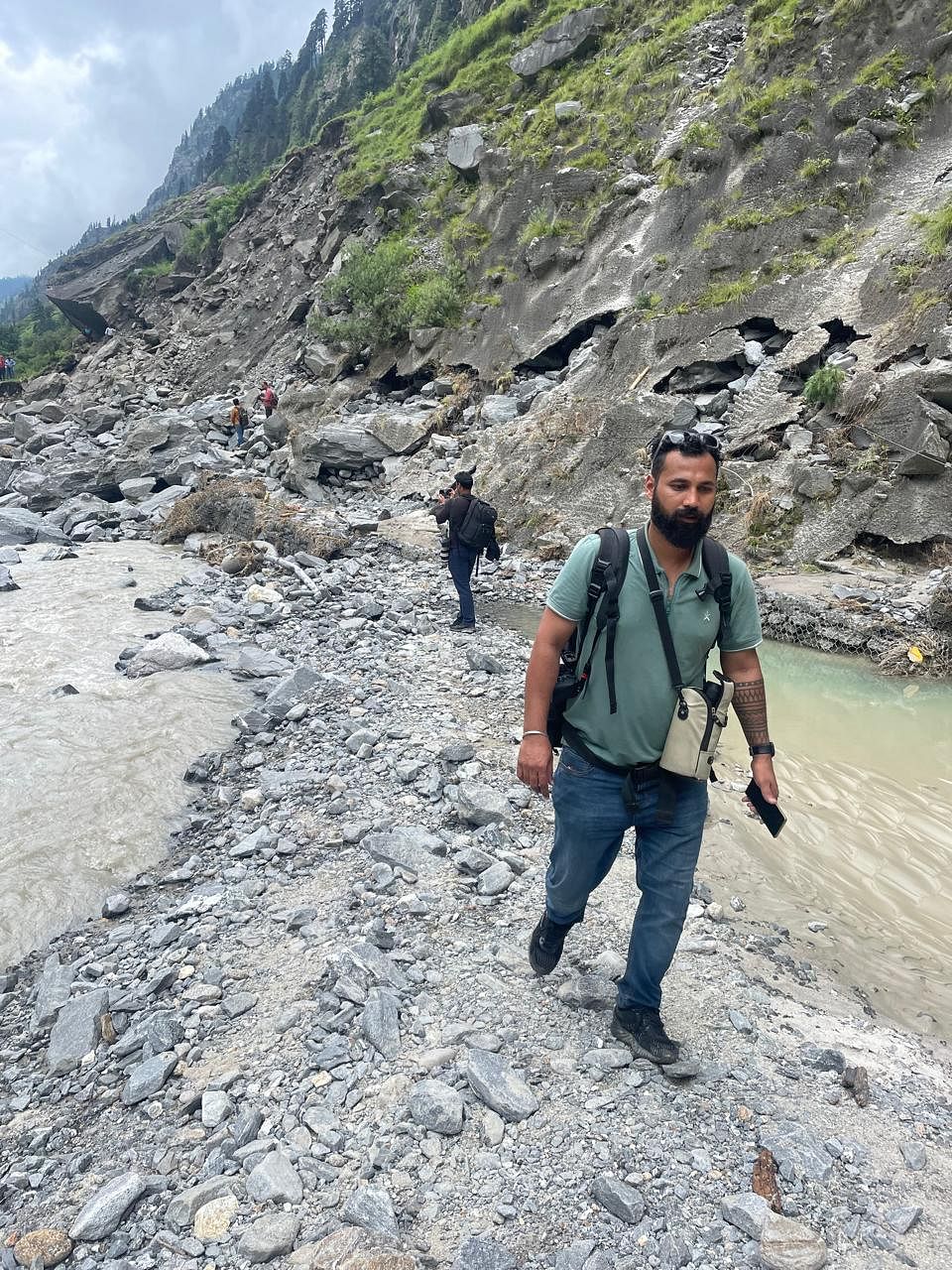
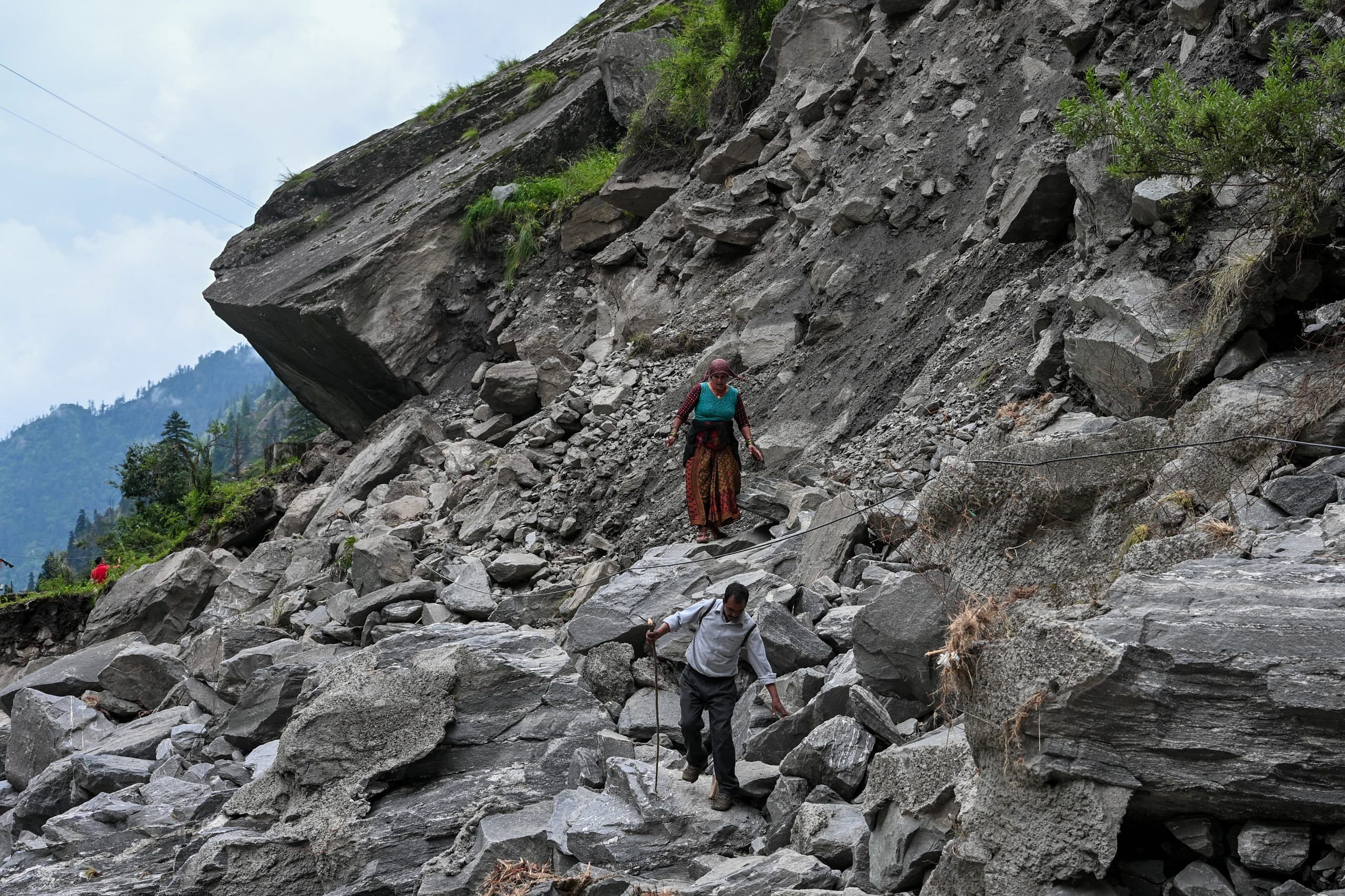
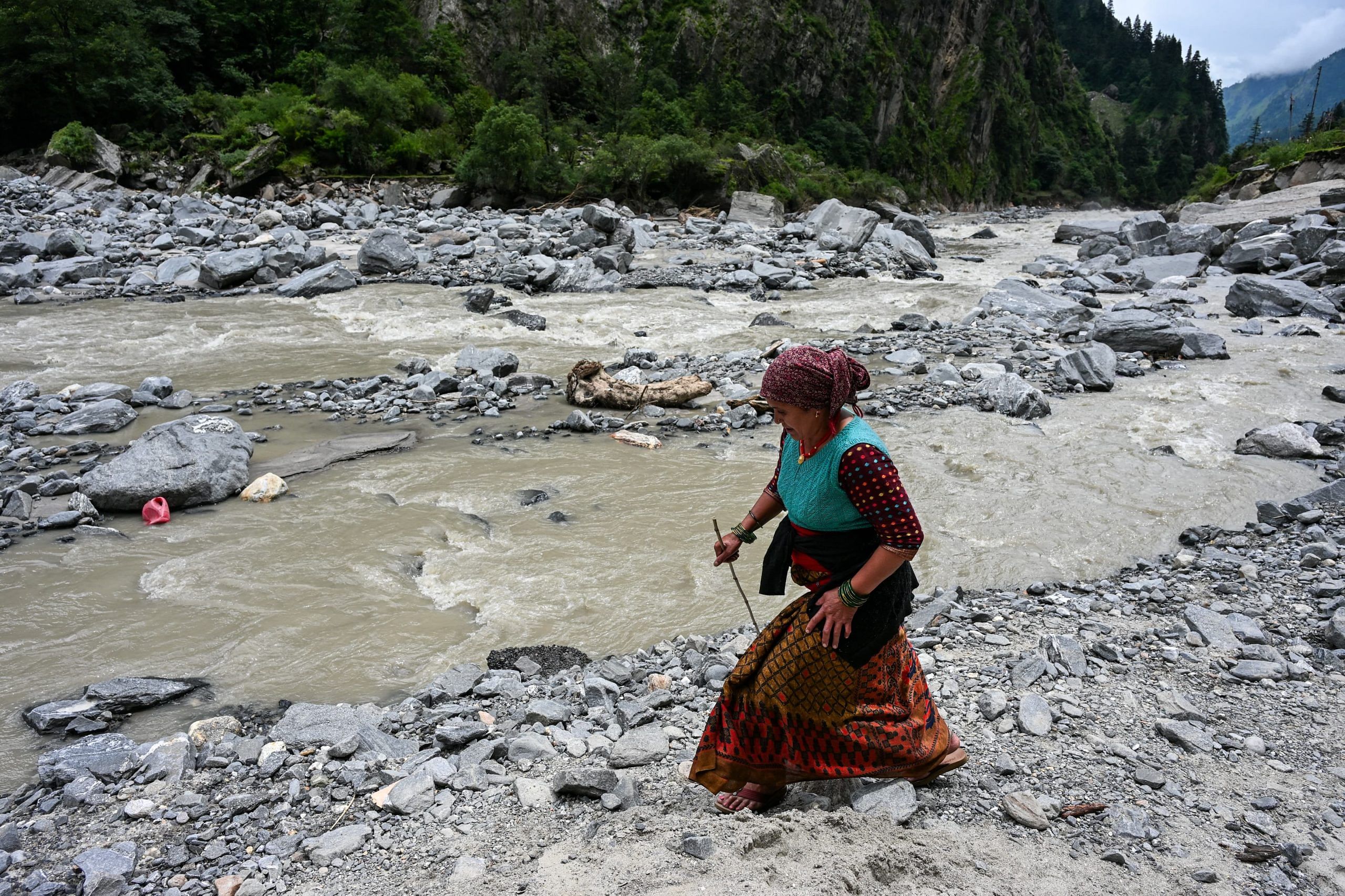
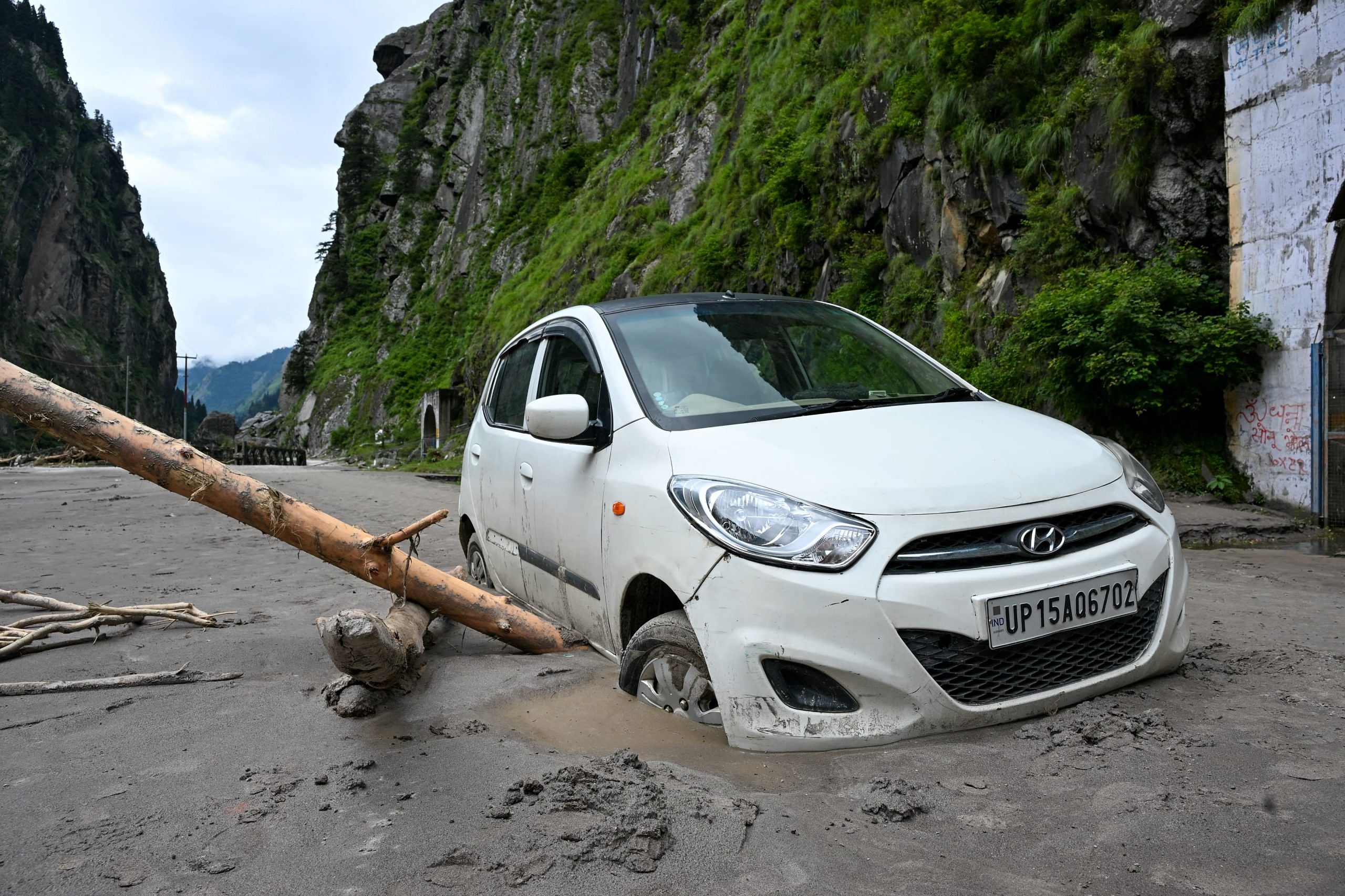
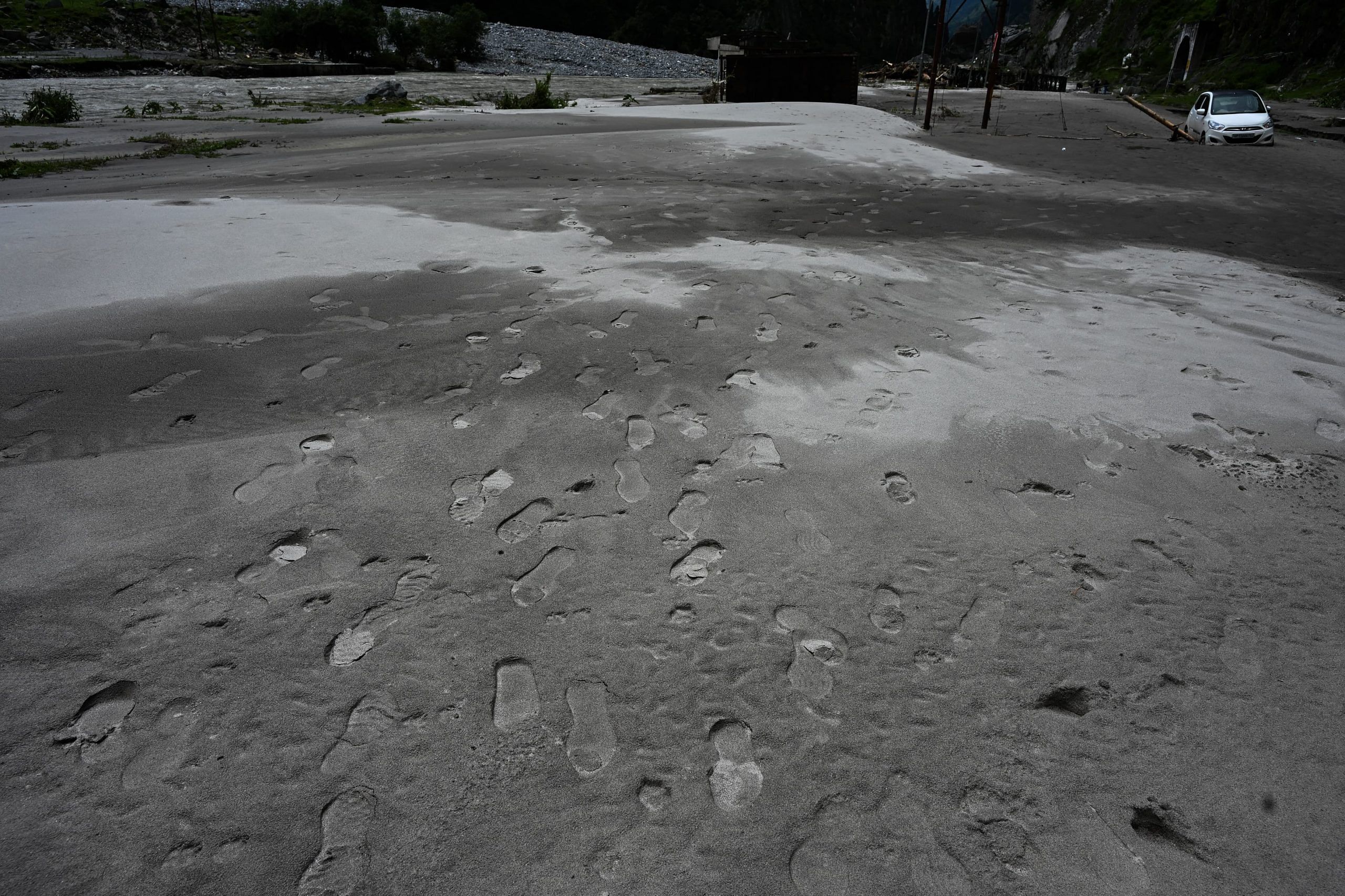
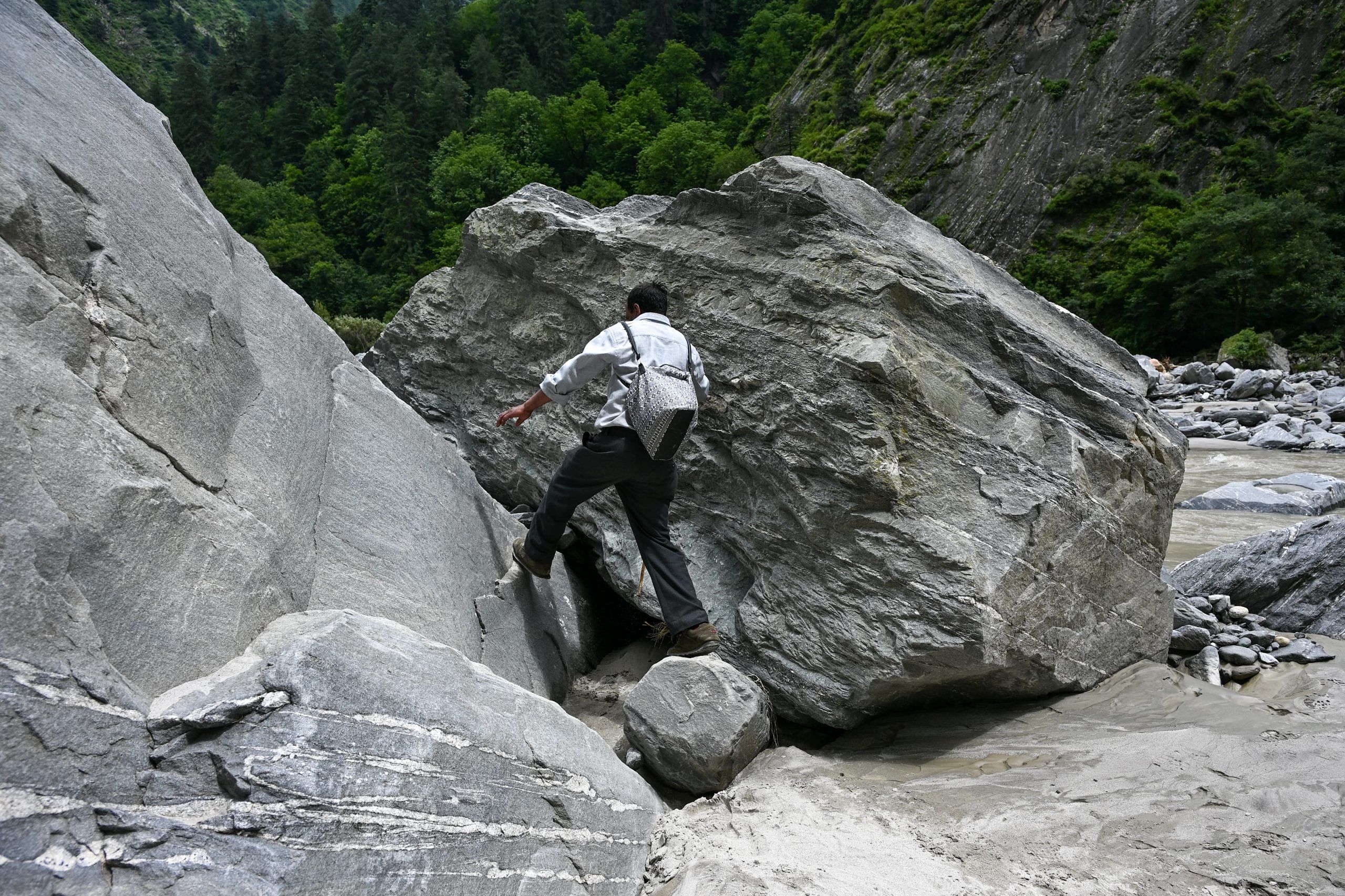
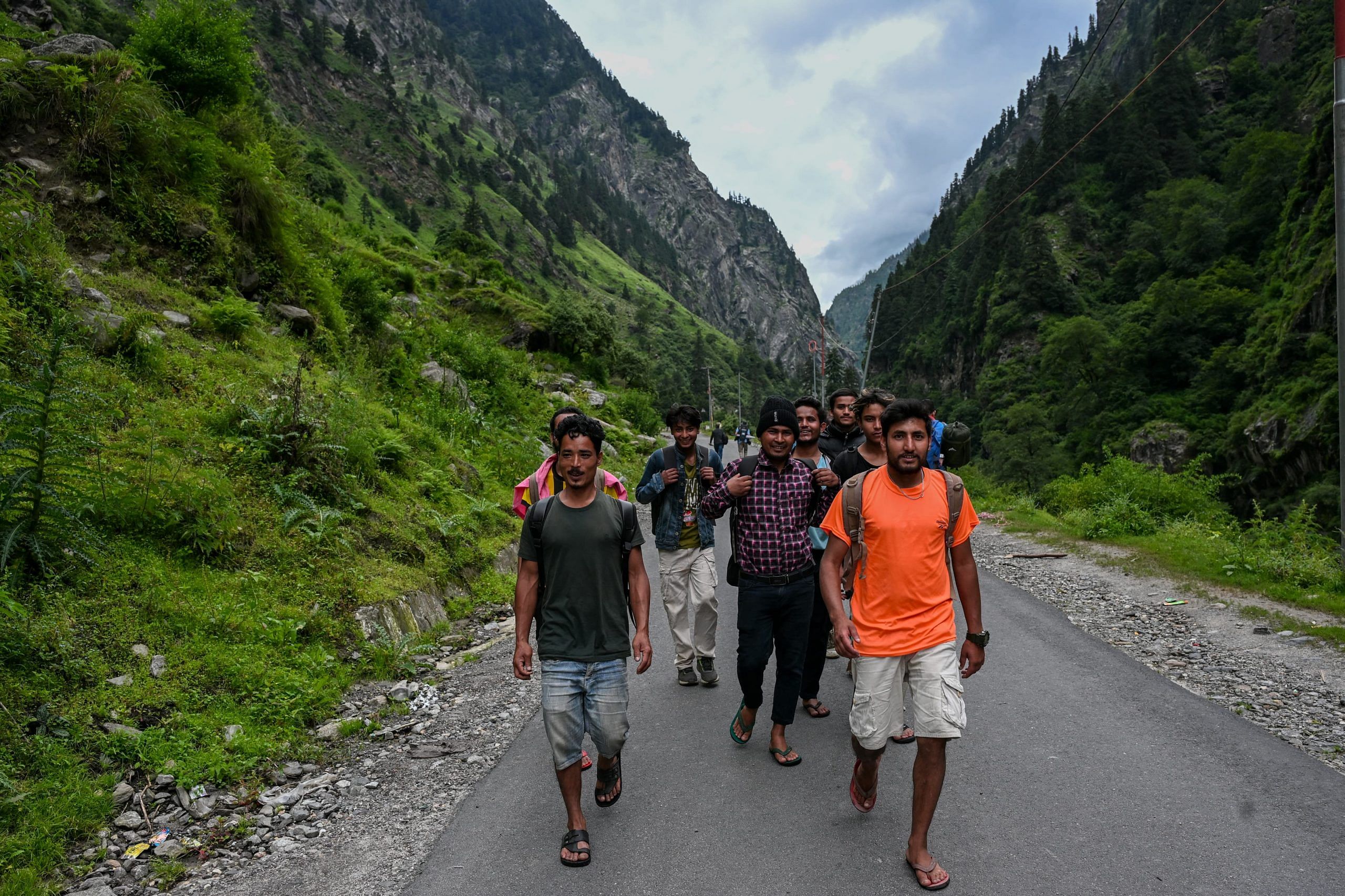
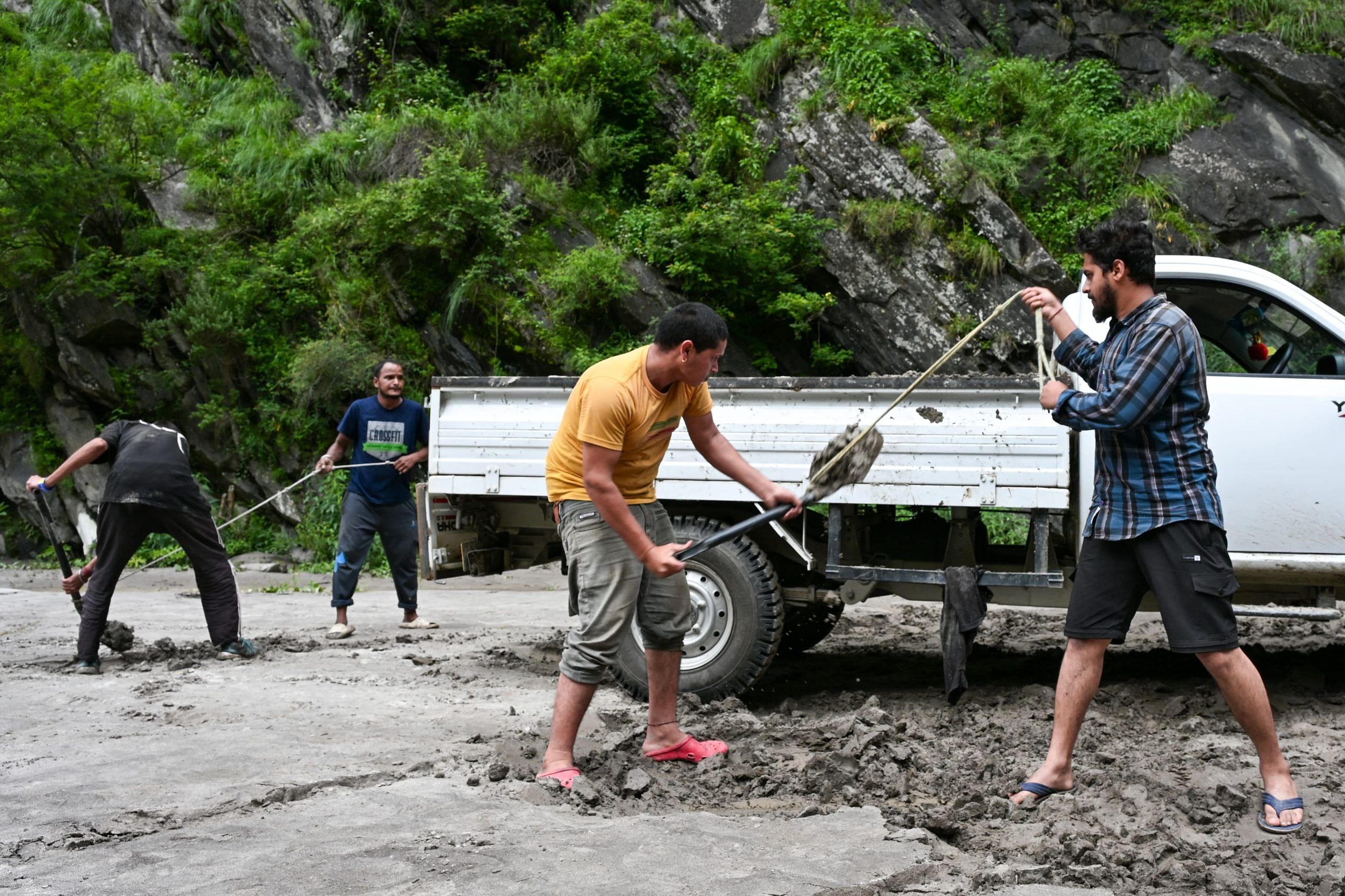
The bridge in Gangnani was ready by noon Sunday—a joint effort of the Border Roads Organisation (BRO), Indian Army and local labourers. While it was being repaired, the State Disaster Response Force (SDRF) was helping local people cross the gorge with ropes. They weren’t letting any one cross any other way.
Watching local people heroically make their way down the opposite side of the mountain, some barefoot, and then cross the gorge with its fast-flowing water was a reminder of how inadequate my fitness levels were. A day before, Suraj was eager to try another path to the other side—which would take us through steep jungles, across the river and up, circumventing the bridge completely. But police officers had closed that path, much to my relief and Suraj’s disappointment.
When the bridge opened for pedestrians—light vehicles would still take a while—we finally made our way across. We had heard that the road ahead to Dharali was also damaged but had no idea about the extent.
For the first four or five kilometres, the road was intact. Frustratingly uphill, but intact. A few rocks had made their way across the road in some places, but nothing we couldn’t handle.
But as we started walking along the riverbank, we came across our first major obstacle—the road had completely submerged into the water below. Only a thin sliver of the side of the road was left, a mud track attached to the mountain wall. We hugged the rock wall and made our way across.
Then came a scene straight out of an apocalypse-themed movie. A large road had been destroyed, with water gushing from the mountain side through the newly created crack. Rocks and boulders stood in our path to the other side, some 100 metres away.
Like amateur mountain goats, we crept across gingerly. And once again, the local villagers right behind put us to shame in their slippers.
On the other side, a car stood half-submerged in the silt, tree trunks jutting out of its base.
By now, we had walked close to 10 kilometres, uphill and downhill, across rocks, boulders and bridges, past power stations, under the verdant mountains that watched over us. There were no cars in sight, even when the road improved. There was no reason for them to come towards us, what would they drive on to?
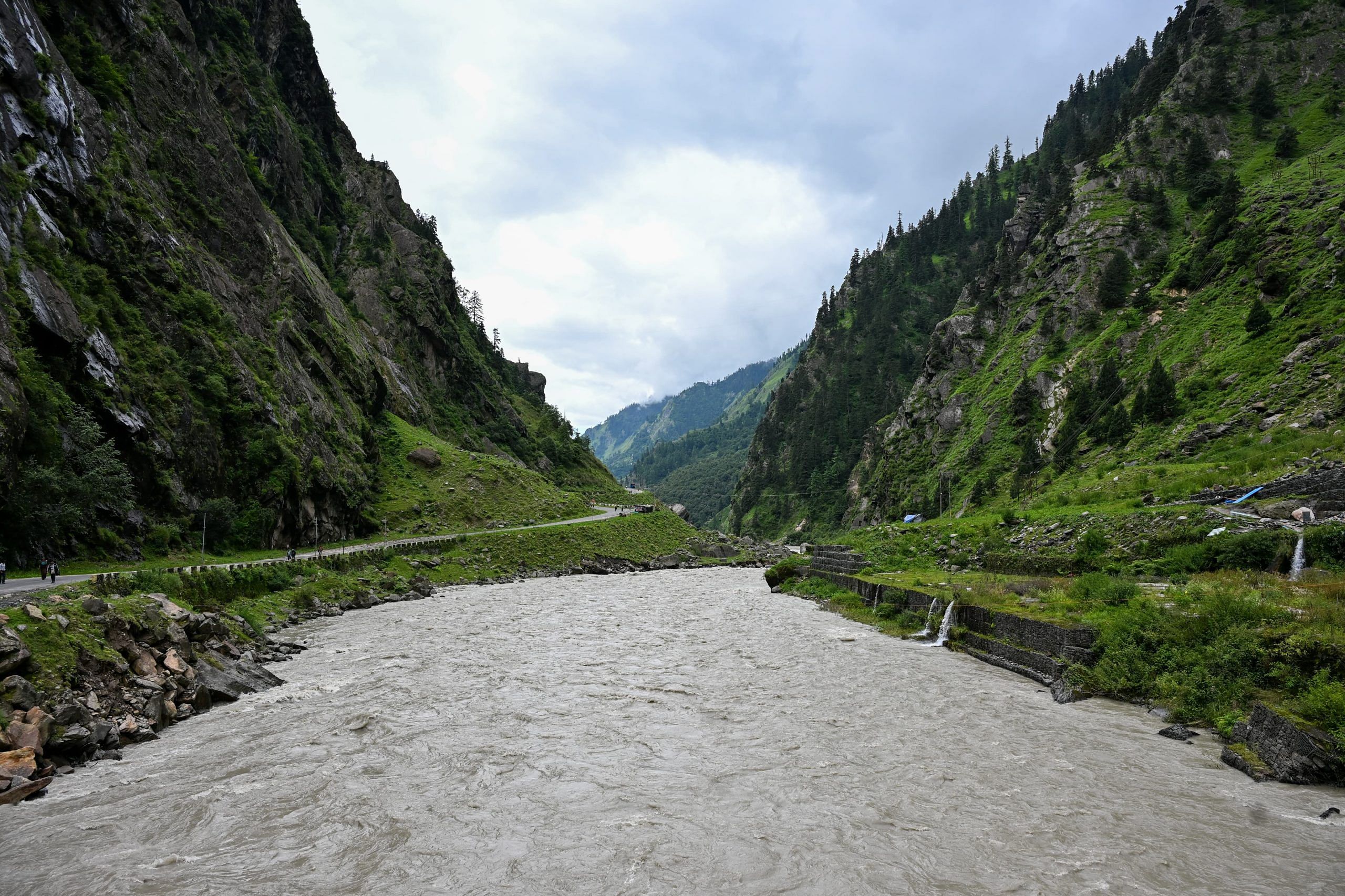
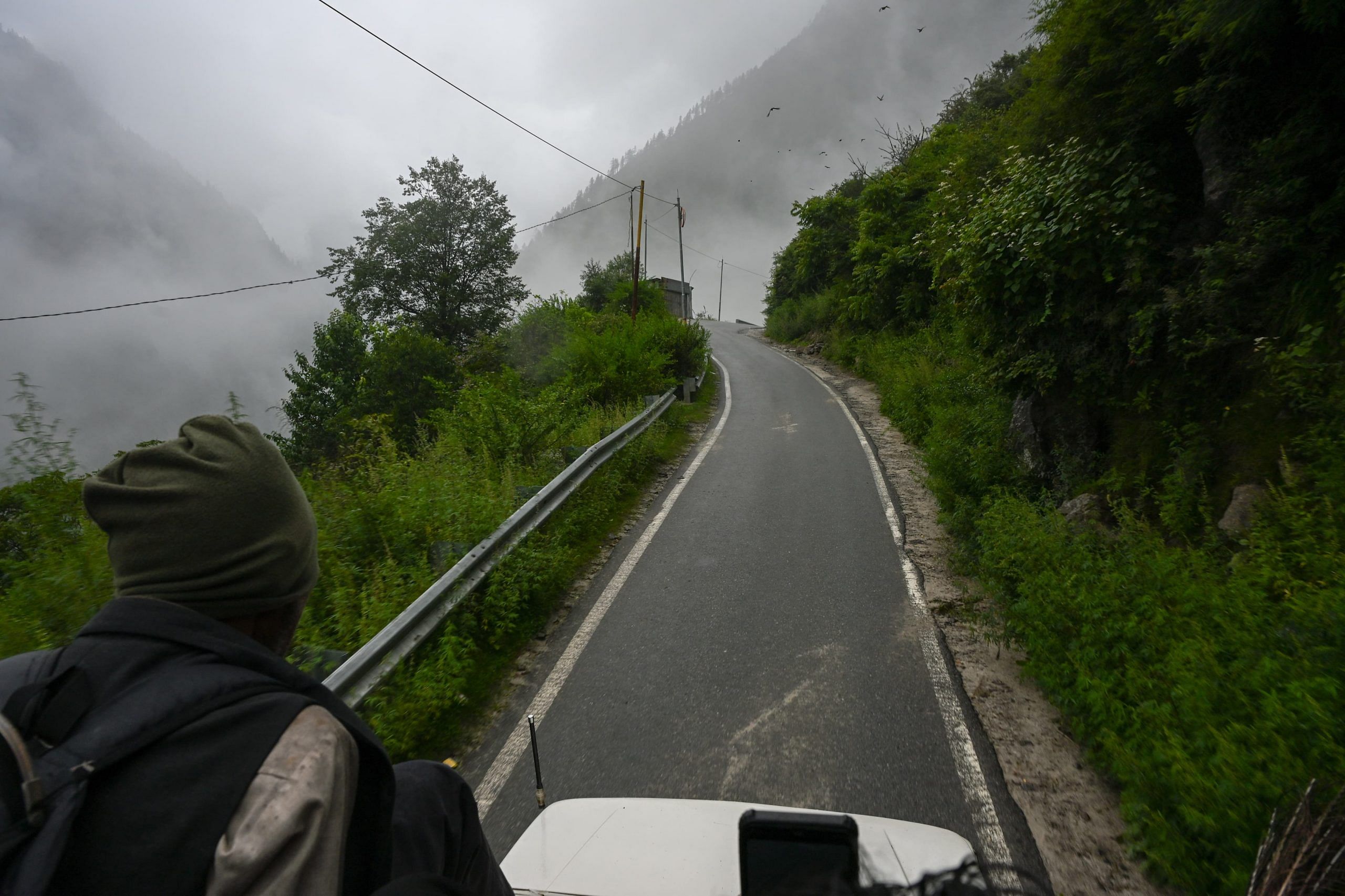
As we made our way to Sukki, some 24 kilometres away from Harsil, we finally began to tire. We had taken a few shortcuts, dirt and rock paths up the side of the mountain made by local people, thinking we would reach our destination quicker. But it ended up draining us quickly.
We continued climbing up, hoping for any car to pass by so we could take a lift. While we rested at a tea stall, our saviour arrived in the form of a white SUV, packed to the brim with other reporters and local people.
True to his character, Suraj sat on top of the vehicle with a few others on the luggage rack. I squeezed in the front with two others and the driver.
Never have I appreciated human ingenuity more than the time we were in the car.
It took us past Sukki, a few other villages and finally dropped us at Harsil. The flood disaster had formed a cloud over the town. Local people went about their daily work, but silently—almost with respect for what the town had witnessed.
As for us, we checked into the first hotel we came across—thankful for a place to recharge before we stepped out to report from ground zero.
(Edited by Nida Fatima Siddiqui)

